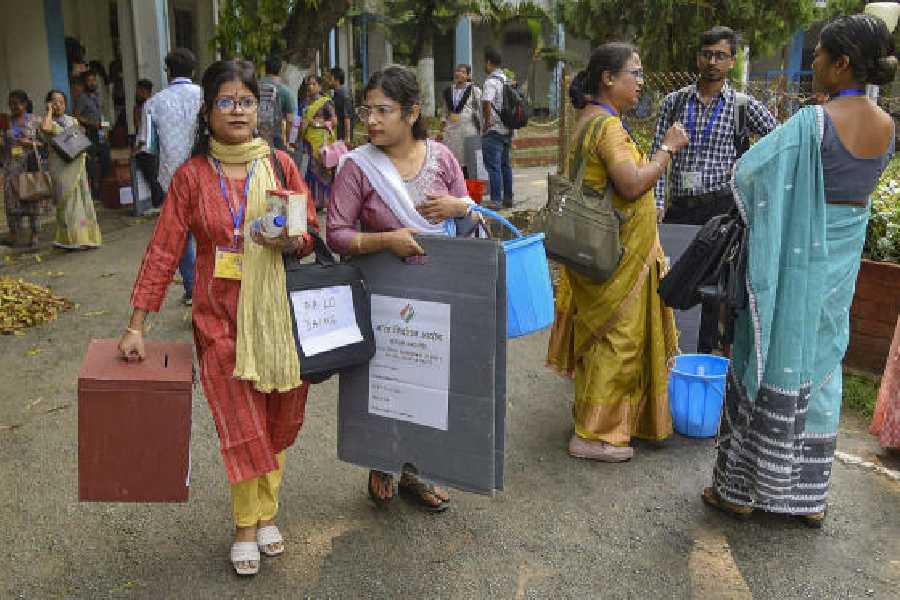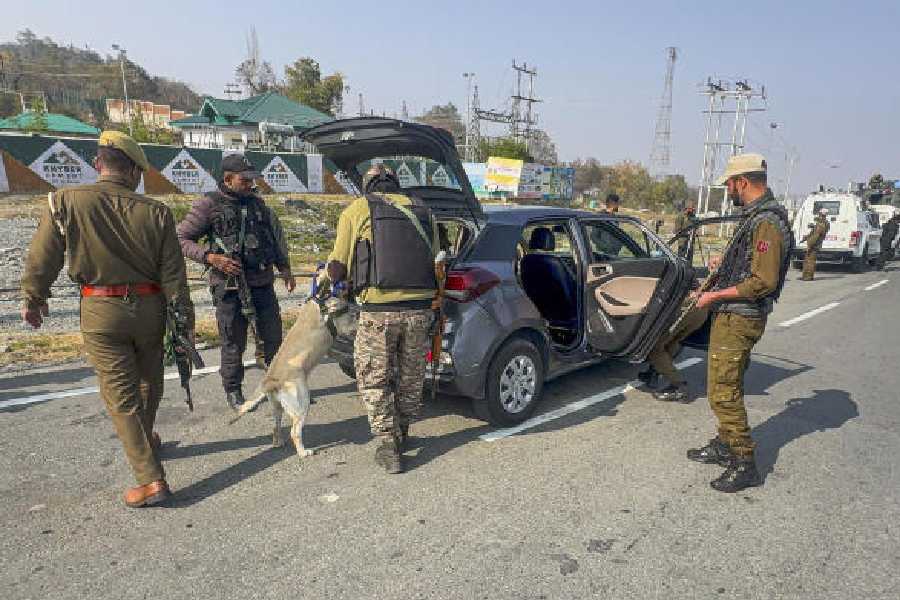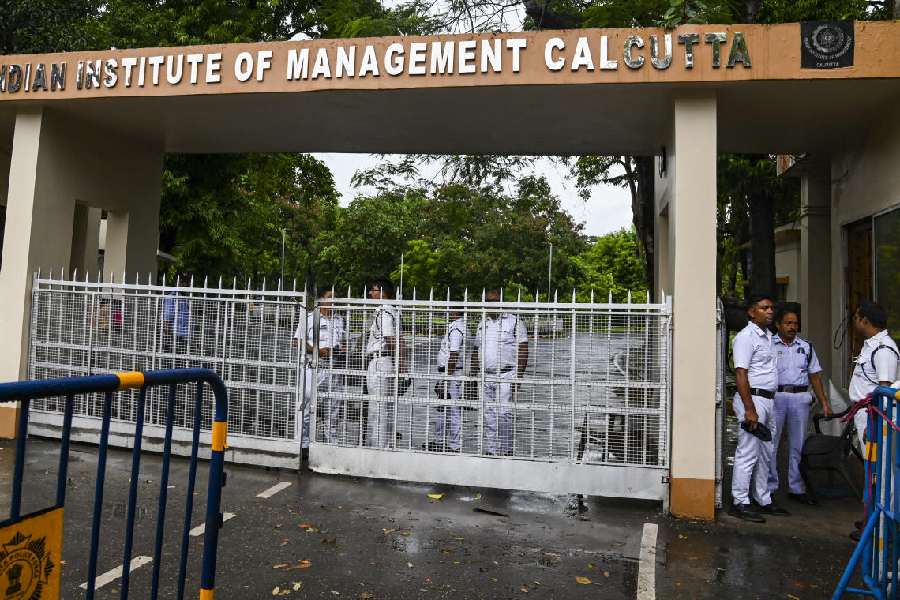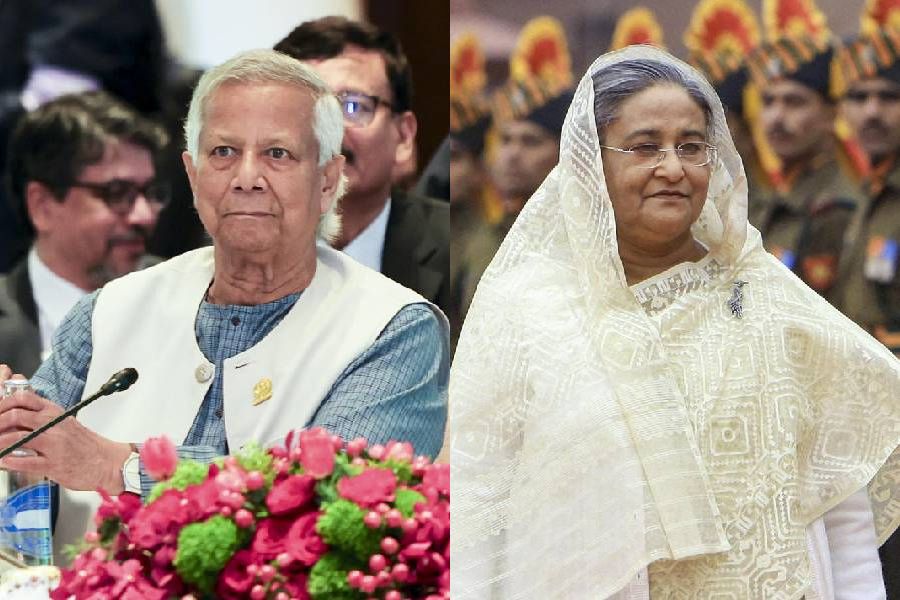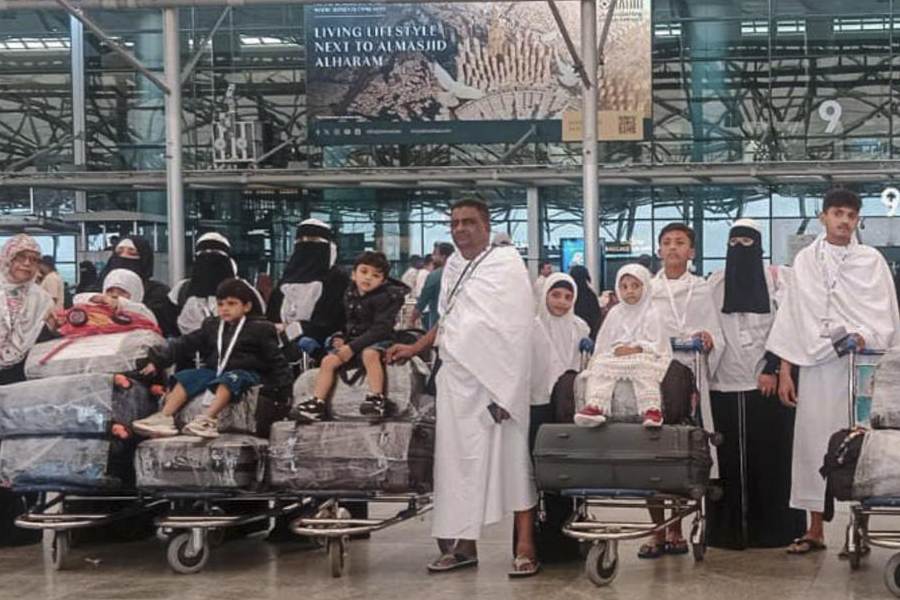 |
| Going vernacular: a government school in Ranchi |
At a time when the state is red-faced about rural primary schoolchildren clueless in class, Unicef (Jharkhand) has embarked upon a pioneering project of preparing textbooks in tribal and regional languages for children for whom Hindi is as alien a medium of instruction as English.
Initially, textbooks will be prepared for children of classes I and II, slated to be ready in the next four months. Textbooks include a theme-based pictorial dictionary in tribal and regional languages and a school language-readiness package. Jharkhand’s HRD and welfare department is partnering this project, while experts in universities are sharing tips with Unicef.
“The idea is to make the child, already startled by a new school environment, feel comfortable and receptive to learning,” said Unicef head (Jharkhand) Job Zachariah.
While the pictorial dictionary will visually depict items that children see in everyday life — home, tree, plough, among others — and its corresponding name in the tribal or regional language, the language readiness package will gradually introduce Hindi words to the students. Interestingly, the pictorial dictionary is for class I and the introduction to Hindi is for class II.
“The pictorial dictionary and the school language readiness package will be ready by this April and June,” Unicef education specialist Binay Patnaik said.
So tribal children will first understand what is taught in their own speech, and then, learn a mainstream language.
Around six months ago, Unicef had conducted a survey across Jharkhand to access if tribal and rural children, who don’t speak in Hindi at home or in the village, actually understood what their teacher said in Hindi.
“In each district, three blocks, with 10 children in each, were chosen. Unicef research workers interacted with villagers, teachers and students. We will share the findings this month,” Patnaik added.
Prodded for a sneak peek, he simply said: “alarming”.
This corresponds to the ASER all-India findings and justifies HRD minister Baidyanath Ram’s stress on using tribal and regional languages as the medium of instruction for children.
Five tribal and four regional languages, given official tag by the Arjun Munda government last September, are spoken in the state. They are Santhali, Kurukh, Mundari, Ho, Kharia, Kurumali, Panchpargania, Nagpuri and Khortha.
A rural child in Bundu understands Panchpargania, but his counterpart in Mandar, Lohardaga, Gumla areas will know Kurukh. Thus, nine different copies of a book — say, a pictorial dictionary — are needed to fulfill the needs of students across regions.






